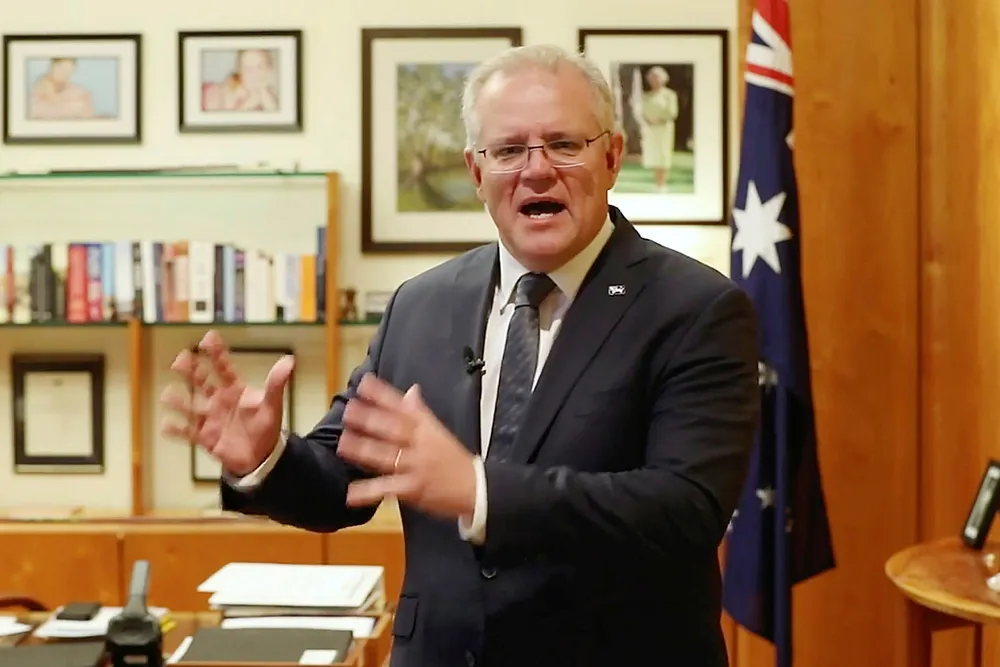Australian government gives $1.4 billion funding boost for low emission technologies
Investment package expected to help support jobs, strengthen the economy and reduce emissions

Investment package expected to help support jobs, strengthen the economy and reduce emissions
